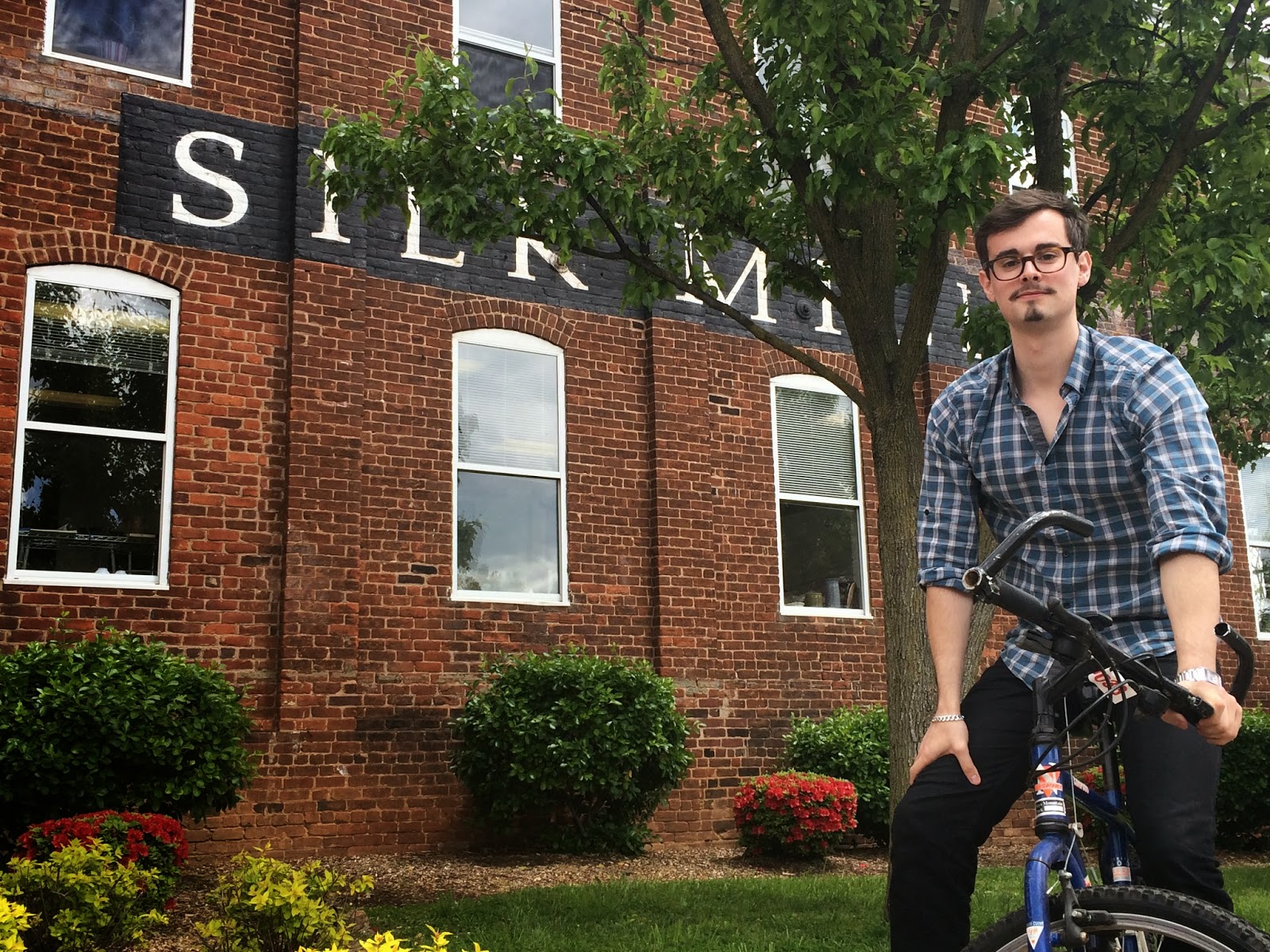Let's Chat With Loic...
Loic Mazet is a 22-year-old student from Montbeliard, France where he is studying International Trade. He is the recepient of the 2015 Sister City Commmission Grant, a program that provides internships to promote culture in foreign cities. Besançon is Charlottesville's French Sister City.
AFC: So, Loic, why are Besançon and Charlottesville Sister Cities?
LM: You might be surprised to hear that Besançon and Charlottesville aren't so different. Both cities are surrounded by mountainous ranges, have rich histories, and are close to major cities: Besançon is about 2.5 hours from Paris and Charlottesville is about the same from D.C.. They also have comparable populations and similar demographics, at least in terms of university students! Charlottesville is much more concentrated in population density, whereas Besançon's inhabitants are more spread out. But the similarities between the two cannot be ignored!
AFC: Why Charlottesville?
LM: In France, America is like a dream. When I showed my friends pictures of UVA they all said they wanted to come here. I've already traveled to New York, London and Sydney, I wanted to try a smaller US town.
AFC: Any culture shocks so far?
LM: In France gas is so much more expensive than it is here so there aren't huge cars like you all have here in Charlottesville. Also the streets in Besançon are so much smaller and designed for pedestrians so there aren't as many cars on the roads. Also, so far I think Americans here drink more wine than we do in France and dress more casually. But, I think the people here are much friendlier!
AFC: Oh really?
LM: Sure. In France, people are not very polite. Waiters here are more polite than waiters in France, probably because of the tips. At UVA there are a lot of sports, people are always running and throwing balls and dressed in sports clothes. In France, for example, girls dress like that only for sleeping or to be at home. Girls always wear nice clothes, even to go to the supermarket. As for the wine, in France, we drink wine during dinner and on the weekends, but not during the week, at least not people my age. And girls prefer Rosé wine with added flavors like apricot or raspberry.
AFC: So, Loic, with all of these differences you are noticing, what do you miss most about France?
LM: The food! I miss the bread, the cheese. And the portions here are so much bigger than the ones you will find in France. I miss those things but if I did have the opportunity to stay and study at UVA I definitely would!
AFC: Merci Loic! We can't wait to learn more from you at your FREE presentations at the AFC!!
LM: Yes! Thank you. I would love to see you there. I am at the AFC on Mondays from 12-1pm and Thursdays from 5:30-6:30pm until May 21st.
Click here to find out more and RSVP!























